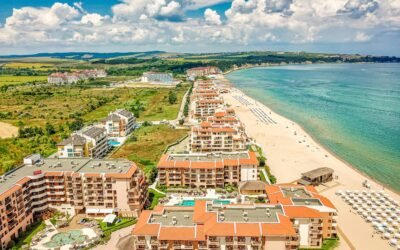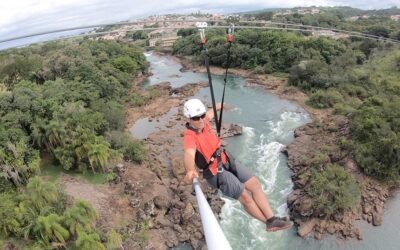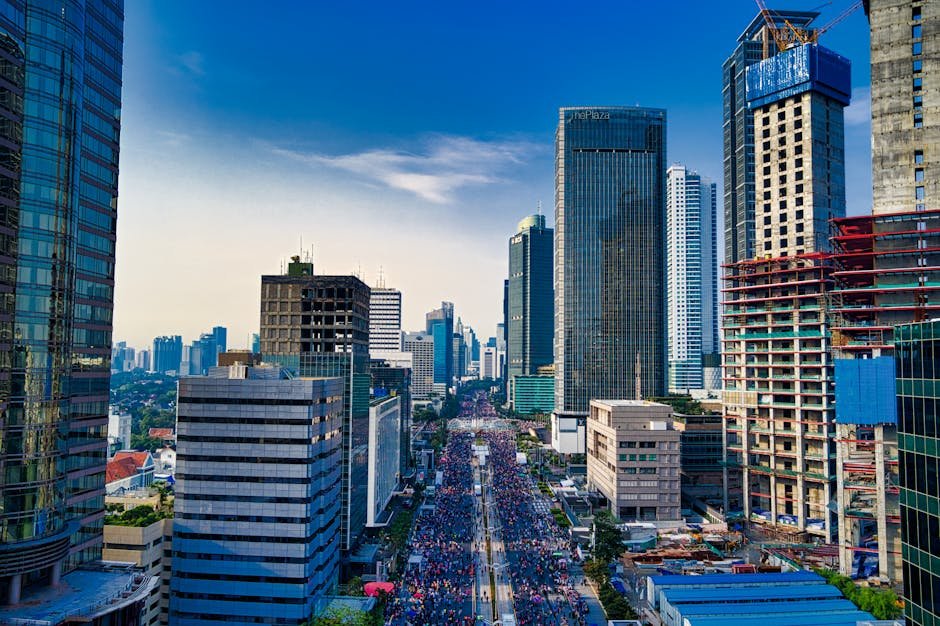Zambia, a country celebrated for its vast wilderness, vibrant cultural traditions, and iconic wildlife, is home to a remarkable array of natural and cultural treasures. While often associated with Victoria Falls, Zambia’s heritage extends far beyond this majestic cascade. The UNESCO World Heritage Sites in Zambia not only showcase its natural grandeur, but also reflect deep-rooted historical and cultural narratives that have shaped its identity over thousands of years.
In this detailed guide, we’ll take you on a journey through Zambia’s existing UNESCO World Heritage Sites, sites on the Tentative List, and explore what makes them globally significant. Whether you’re a cultural enthusiast, historian, conservationist, or adventurous traveler, Zambia’s World Heritage Sites offer something truly awe-inspiring.
1. What Is a UNESCO World Heritage Site?
A UNESCO World Heritage Site is a landmark or area recognized by the United Nations Educational, Scientific and Cultural Organization for its cultural, historical, scientific, or natural significance. These sites are legally protected under international treaties and represent a shared heritage of humanity.
Zambia, as a UNESCO member state, has actively engaged in preserving its unique cultural landscapes and ecosystems, with several sites already inscribed and others proposed for future inclusion.
2. List of UNESCO World Heritage Sites in Zambia
✔️ Officially Inscribed UNESCO World Heritage Sites:
-
Mosi-oa-Tunya / Victoria Falls (shared with Zimbabwe) – Inscribed in 1989
📝 Tentative List of Sites:
Zambia has proposed several sites that are under evaluation for future UNESCO recognition:
-
Kalambo Falls Prehistoric Site
-
Barotse Cultural Landscape
-
Mwela Rock Art Site
-
Nsumbu National Park and Lake Tanganyika Ecosystem
3. Detailed Overview of Each Site
1. 🌊 Mosi-oa-Tunya / Victoria Falls (UNESCO Inscribed)
Location: Southern Province, Zambia / Matabeleland North, Zimbabwe
Type: Natural
UNESCO Inscription Date: 1989
Why It’s Special: Victoria Falls, or Mosi-oa-Tunya (“The Smoke That Thunders”), is one of the largest and most spectacular waterfalls in the world. Spanning nearly 1.7 kilometers wide and plunging over 100 meters deep, it creates an awe-inspiring mist visible from miles away.
This site is a binational UNESCO listing, shared between Zambia and Zimbabwe, recognizing not just the falls themselves but also the ecosystems and cultural significance surrounding them.
Highlights:
-
Knife-Edge Bridge views from the Zambian side
-
Devil’s Pool and Livingstone Island
-
Rare plant species and endemic birds in Mosi-oa-Tunya National Park
-
Historical links to explorer David Livingstone
UNESCO Justification:
-
Criterion vii: Exceptional natural beauty and aesthetic importance
-
Criterion viii: Represents major stages of Earth’s history and geomorphic processes
2. ⛰️ Kalambo Falls Prehistoric Site (Tentative)
Location: Northern Province, near Lake Tanganyika
Type: Cultural/Natural
Tentative Listing Date: 2009
Why It’s Special: Kalambo Falls is Africa’s second-highest uninterrupted waterfall at 221 meters. But what makes it extraordinary is its archaeological significance. Excavations have revealed evidence of human occupation dating back over 400,000 years, including early tool use, fire control, and wooden structures — some of the oldest known in the world.
Cultural Significance:
-
Ancient tools from Homo heidelbergensis and early Homo sapiens
-
Discovery of one of the oldest known wooden artifacts
-
Ongoing anthropological studies
UNESCO Potential: Could be listed for both its archaeological importance and natural grandeur, making it a rare dual-nature site.
3. 🌾 Barotse Cultural Landscape (Tentative)
Location: Western Province, Zambezi Floodplain
Type: Cultural
Tentative Listing Date: 2009
Why It’s Special: This expansive cultural landscape represents the heart of Lozi Kingdom traditions, centered around the annual Kuomboka Ceremony, where the Litunga (king) is ceremonially moved from the flooded lowlands to higher ground.
Cultural Highlights:
-
Historic barge (Nalikwanda) used in Kuomboka
-
Sacred sites and royal settlements
-
Indigenous knowledge of floodplain management
-
Traditional governance system of the Lozi people
UNESCO Justification (Tentative):
-
A living cultural landscape reflecting resilience, adaptation, and rituals tied to the Zambezi River cycle.
4. 🖼️ Mwela Rock Art Site (Tentative)
Location: Near Kasama, Northern Zambia
Type: Cultural
Tentative Listing Date: 2009
Why It’s Special: Mwela Rocks contain one of the largest concentrations of ancient rock art in southern Africa, with over 1,000 images scattered across boulders and rock shelters. These artworks, attributed to the Late Stone Age hunter-gatherers, provide a window into prehistoric spiritual and social life.
Artistic Features:
-
Stylized human and animal figures
-
Abstract symbols and motifs
-
Engravings thought to be linked to rituals or trance experiences
UNESCO Potential: Comparable to other rock art sites in southern Africa already listed, such as Twyfelfontein (Namibia) and Matobo Hills (Zimbabwe).
5. 🌊 Nsumbu National Park and Lake Tanganyika (Tentative)
Location: Northern Zambia
Type: Natural
Tentative Listing Date: 2009
Why It’s Special: Lake Tanganyika is the second-deepest freshwater lake in the world and among the oldest, with immense ecological and evolutionary significance. Nsumbu National Park borders the lake and hosts a diverse range of terrestrial and aquatic ecosystems, some of which are endemic.
Biodiversity Highlights:
-
Endemic fish species in Tanganyika
-
Forest elephants, leopards, and sable antelope in Nsumbu
-
Unique interface of forest, lake, and savanna biomes
UNESCO Potential: Could qualify under biodiversity criteria and as a unique freshwater ecosystem with ancient origins.
4. Tentative Sites and Cultural Importance
Zambia’s tentative list represents a strategic blend of ecological gems and intangible heritage sites. Each of these sites has been recognized for their:
-
Historical continuity
-
Spiritual value to local communities
-
Scientific interest for global research
-
Tourism potential if sustainably developed
As Zambia continues to refine its heritage management plans, some of these sites are expected to move toward full UNESCO inscription in the coming years.
5. Preservation Efforts and Community Involvement
Zambia’s heritage conservation is anchored in community-based resource management, often supported by international bodies and NGOs.
Key Preservation Measures:
-
National Monuments Conservation Commission oversees cultural sites
-
Zambia Wildlife Authority (ZAWA) manages protected areas
-
Community scouts and local tribal leaders play roles in safeguarding sacred and cultural landscapes
-
Ecotourism initiatives fund conservation and offer local employment
Example: The Kuomboka ceremony is protected not just through tourism revenue, but through intergenerational storytelling and strict traditional protocols.
Best Time to Visit UNESCO Sites in Zambia
| Site | Best Visiting Season | Notes |
|---|---|---|
| Victoria Falls | March–May (High water), Aug–Dec (Adventure activities) | Expect mist in high season |
| Kalambo Falls | May–July | Water levels ideal, accessible terrain |
| Barotse Floodplain | April (Kuomboka ceremony) | Cultural event only happens once per year |
| Mwela Rock Art | June–September | Dry season for easier access and camping |
| Lake Tanganyika/Nsumbu | June–October | Wildlife viewing and lake clarity at its best |
7. Travel Tips for Visiting UNESCO Heritage Sites in Zambia
-
Hire certified guides when exploring archaeological or cultural sites
-
Respect sacred sites — some locations may have restrictions for photography or attire
-
Pack smart: Good hiking shoes, sun protection, insect repellent, and water purification tablets
-
Support local artisans near sites like Mwela and Barotseland
-
Use eco-certified tour operators for visits to parks and natural areas
Note: Many of the tentative UNESCO sites are in remote regions. Travel with proper planning, 4×4 transport, and local knowledge.
8. Final Thoughts: Zambia’s Global Heritage
Zambia may not have dozens of UNESCO World Heritage Sites — yet — but the few it holds are of exceptional global significance. Whether it’s the thunder of Mosi-oa-Tunya, the prehistoric secrets of Kalambo Falls, or the living traditions of the Barotse people, Zambia’s heritage speaks to the deep continuity between land, people, and time.
As efforts to nominate and protect more sites continue, the world is beginning to realize what Zambians have always known: their land is not only beautiful but storied, sacred, and worthy of preservation for generations to come.








0 Comments